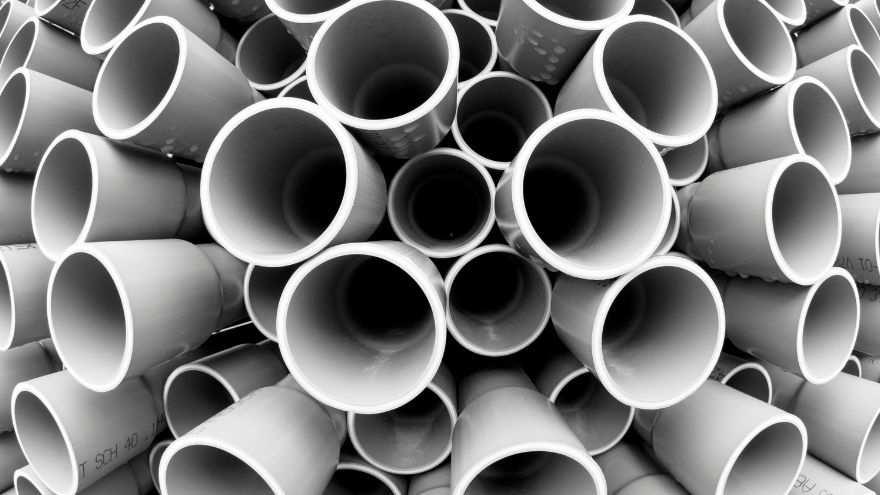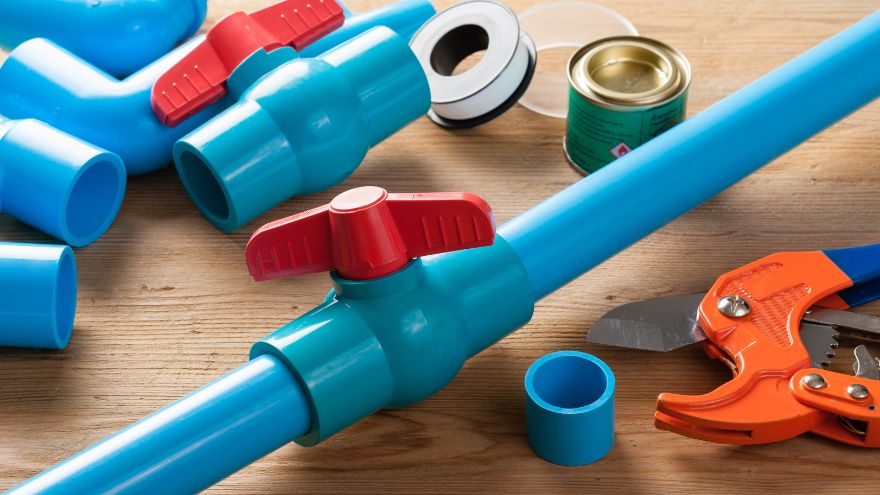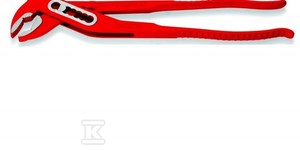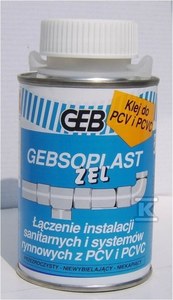Proper operation of the sewage system is undoubtedly necessary in every house or apartment. You need to know that sewage pipes play a key role. You need to choose their appropriate diameter. Installation and proper connection of glued pipes are also important.

PVC pipe diameters depending on the type of device
Let's start withsewage pipes . Standard diameters are 50 mm, 75 mm, 100 mm or 150 mm. Approaching a single device requires the use of a pipe with a diameter at least the same as the outlet. In a place where sewage from several devices is collected, the pipes should have a diameter at least the same as the largest drain. The situation is slightly different in the case of toilets. There should be a separate sewer line here, connected to the riser. In turn, sewer risers have a diameter at least the same as the diameter of the largest access. For example, in single-family houses, the drain pipe has a diameter of 150 mm, just like a sewer. The latter connects the internal and external sewage systems. The diameter of sewage pipes depends on the location. Pipes with a diameter of 100 mm are most often used in toilets, and in bathrooms with a diameter of 40 to 50 mm.
The question arises: what causes such great differences? Well, sanitary devices in the toilet use a larger amount of water and in a short time. Solid fractions also appear there, which means that if too small a diameter was used, the toilet would become clogged. Washbasins, bidets and urinals are connected with sewage pipes with a diameter on average half the size. It should also be remembered that pipes should also be selected according to the number of floors. The blocks use pipes with a diameter of at least 100 mm. As you can see, the diameter of the pipes depends largely on the types of devices. For a bathtub and a shower cabin it should be 50 mm, and for a washbasin drain connection - from 32 to 40 mm. Sewage pipes should have a slope of 2 to 15 cm for each meter of length.
Check your sewage pipes at the Onninen wholesaler

Glued water installation - tools and accessories
 A properly installed glued water installation requires the use of appropriate pipes, tools and accessories. PVC pipes are perfect, and as the name suggests, they are made of a plastic called polyvinyl chloride. They are very light. Additionally, they are resistant to corrosion and up to several hundred chemical compounds. In addition, they meet the most stringent sanitary standards regarding water transport. It is commonly believed that their durability is up to 50 years. They are also resistant to stress, but also dampen vibrations and noise.
A properly installed glued water installation requires the use of appropriate pipes, tools and accessories. PVC pipes are perfect, and as the name suggests, they are made of a plastic called polyvinyl chloride. They are very light. Additionally, they are resistant to corrosion and up to several hundred chemical compounds. In addition, they meet the most stringent sanitary standards regarding water transport. It is commonly believed that their durability is up to 50 years. They are also resistant to stress, but also dampen vibrations and noise.
 For hydraulic work, you need to prepare appropriate tools, such as adjustable wrenches :
For hydraulic work, you need to prepare appropriate tools, such as adjustable wrenches :
- Swedish type crimped keys ;
- frog pliers ;
- hook wrenches.
If you need to cut plastic pipes, use scissors equipped with a ratchet mechanism that prevents deformation of the cross-section.
Connecting glued pipes - what should you remember?
 Connecting glued PVC pipes is not that difficult, but it requires precision and commitment. It is necessary to use appropriate PVC glue . You can choose a single-component one, but before proper gluing the surface must be degreased and softened. You can also use two-component glue and there is no need to soften the surface. Pipes should be chamfered and dry fitted. It is also necessary to mark the depth of the socket on the pipe. Only then can you proceed to joining the surfaces with glue. The connectors must be perfectly aligned. It is also necessary to rotate the pipe 90 degrees in the socket. Thanks to this, the PVC glue will be better distributed over the entire joint. The fitted joint should be held for a few seconds to allow the glue to set. Remember that proper bonding of the glue usually takes place after 24 hours. Before gluing the installation, carefully match the dimensions and dry join.
Connecting glued PVC pipes is not that difficult, but it requires precision and commitment. It is necessary to use appropriate PVC glue . You can choose a single-component one, but before proper gluing the surface must be degreased and softened. You can also use two-component glue and there is no need to soften the surface. Pipes should be chamfered and dry fitted. It is also necessary to mark the depth of the socket on the pipe. Only then can you proceed to joining the surfaces with glue. The connectors must be perfectly aligned. It is also necessary to rotate the pipe 90 degrees in the socket. Thanks to this, the PVC glue will be better distributed over the entire joint. The fitted joint should be held for a few seconds to allow the glue to set. Remember that proper bonding of the glue usually takes place after 24 hours. Before gluing the installation, carefully match the dimensions and dry join.